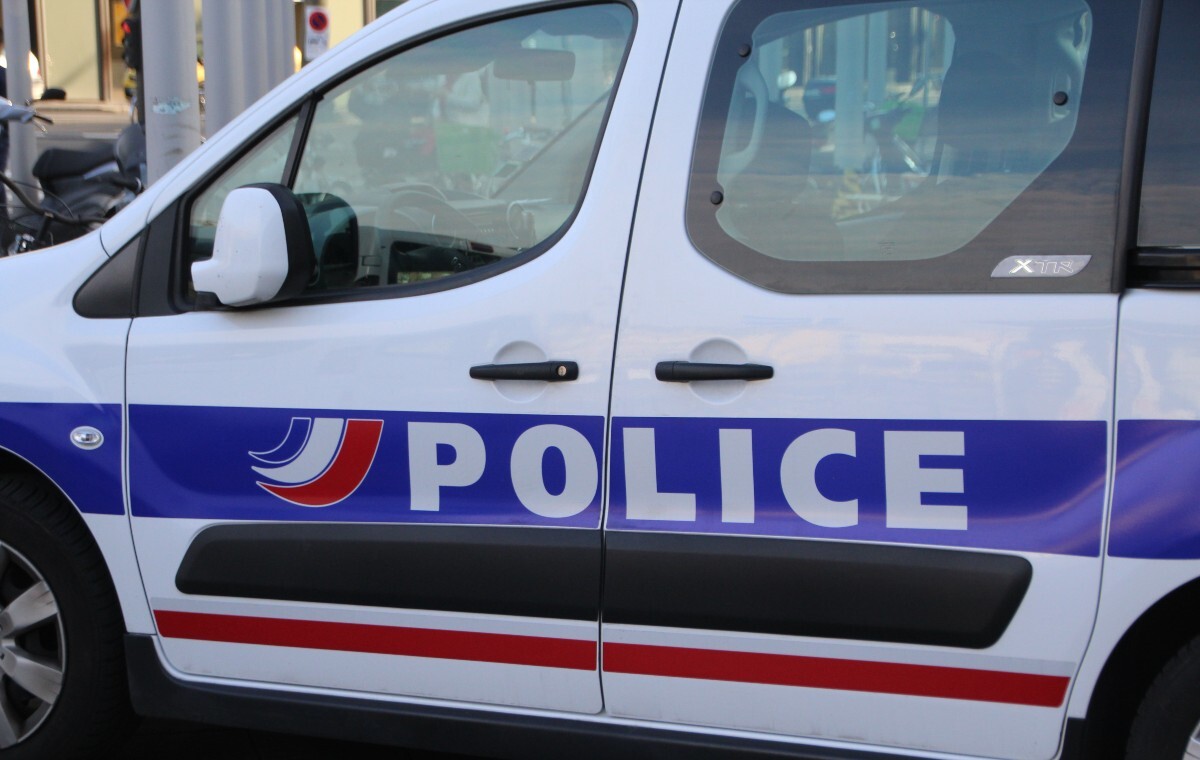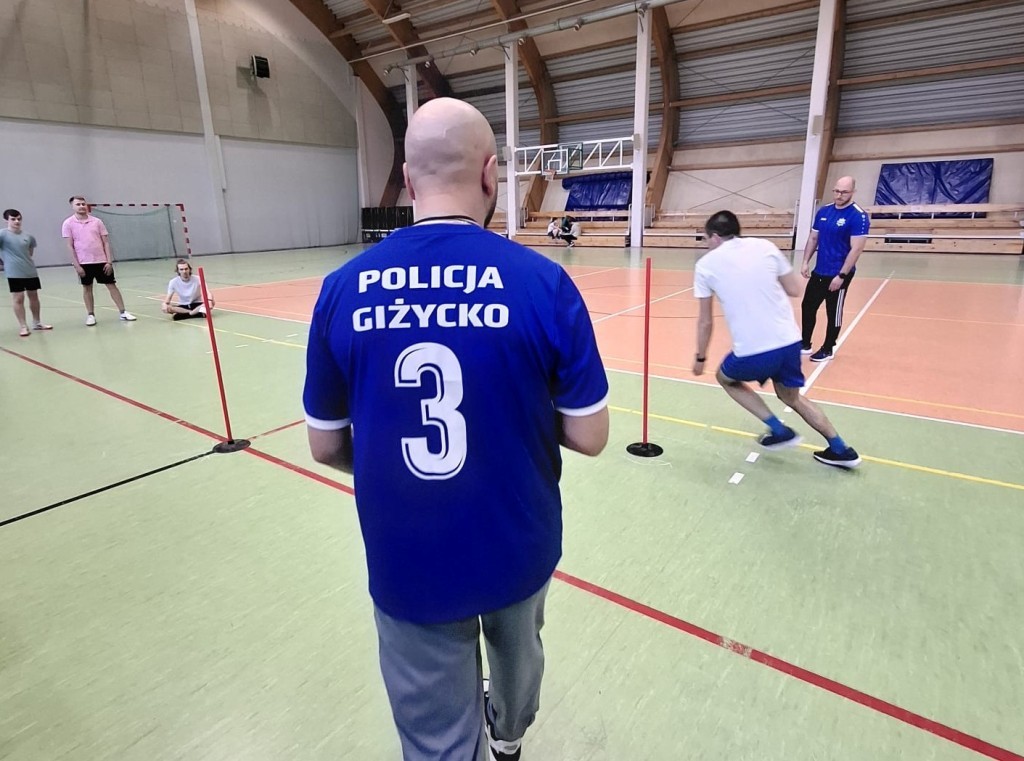
What’s the one thing Pilots absolutely need to fly a plane? Perfect eyesight, sharp hearing, and a license, right? Well, Helen Keller had none of those things—and still managed to take control of an airplane in 1946. Talk about giving gravity a reality check!
Picture this: a blind and deaf woman gripping the controls of a roaring aircraft, while the Pilot nervously side-eyes her like, “What have I gotten myself into?” But Helen? Cool as a cucumber! She wasn’t there to meet expectations—she was there to break them. How did she pull it off, and what was going through her mind as she defied every aviation manual ever written?
Let’s strap in and explore the day Helen Keller traded her “walking cane” for a “cockpit”.
 Photo: Wally Gobetz | Flickr
Photo: Wally Gobetz | FlickrCan a Blind and Visually Impaired Person Fly?
Flying is an essentially vision-based task that necessitates excellent hand-eye coordination. In the United States, the Federal Aviation Administration (FAA) demands eye exams, both in clarity and color, whenever a pilot requests to renew his or her medical certificate. The FAA vision standard is 20/40 in each eye, corrected or uncorrected.
Surprisingly, the FAA has guidelines on monocular vision, which allows a Pilot with one eye to fly after successfully correcting for restrictions imposed by one eye’s vision, such as depth perception while maintaining aviation safety.
But, can a blind person fly? The answer is Yes and No!
No, as a certificated pilot, whether privately or commercially. As previously stated, vision must be 20/40 or better, corrected or uncorrected, in order to obtain a medical certificate, which is a mandatory accompanying document for any pilot certificate.
However, a blind person can fly a plane with the guidance of a flying instructor. There have been a few instances where a blind person has successfully flown and landed a plane with the instructor providing airspeed and other safety information.
Certification for the blind is not possible. However, this does not mean that visually challenged people cannot fly. They just can’t acquire their certificates.
What about a hearing-impaired person?
Although the certificate is limited to “Not Valid for Flights Requiring the Use of Radio” (14 CFR section 61.13), a hearing-impaired person can obtain a student, recreational, or private pilot certificate in any of the five aircraft categories: airplane, rotorcraft, glider, powered-lift, and lighter-than-air aircraft. Essentially, as long as communication with ATC is not required, they are free to proceed.
However, in order to meet Part 61 standards and qualify for the check ride, student pilots must complete 3 takeoffs and landings at a towered airport. To navigate this, the student and instructor can establish prior arrangements with the tower, allowing a controller to use light signals instead of vocal communication.
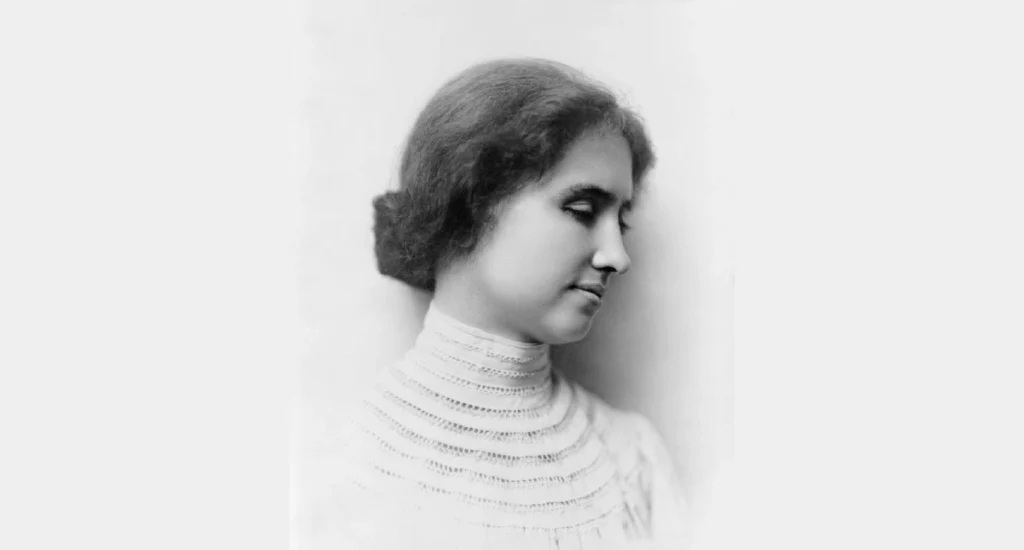 Photo: Library of America
Photo: Library of AmericaWho was Helen Keller?
Helen Adamas Keller, born on June 27th, 1880, lost her sight and hearing abilities when she was under 20 months old due to an untreated sickness. Despite this early difficulty, Keller learned the language through reading and writing in school, attending both specialist and public mainstream schools.
Eventually, she graduated from Radcliffe College at Harvard University, becoming the first deafblind student in the United States to achieve a Bachelor of Arts degree.
Keller worked for the American Foundation for the Blind from 1924 to 1968, and she frequently flew while touring the United States and visiting at least 35 countries across the world. She eventually became a worldwide advocate for women with disabilities, their labor rights, and world peace.
Keller was also a well-known author, having written several dozen books, hundreds of essays, and speeches on a variety of subjects. In addition, Keller was constantly eager to try new adventurous activities, such as diving and sledding down snow slopes. Then there’s the perplexing story that she ever flew an airplane!
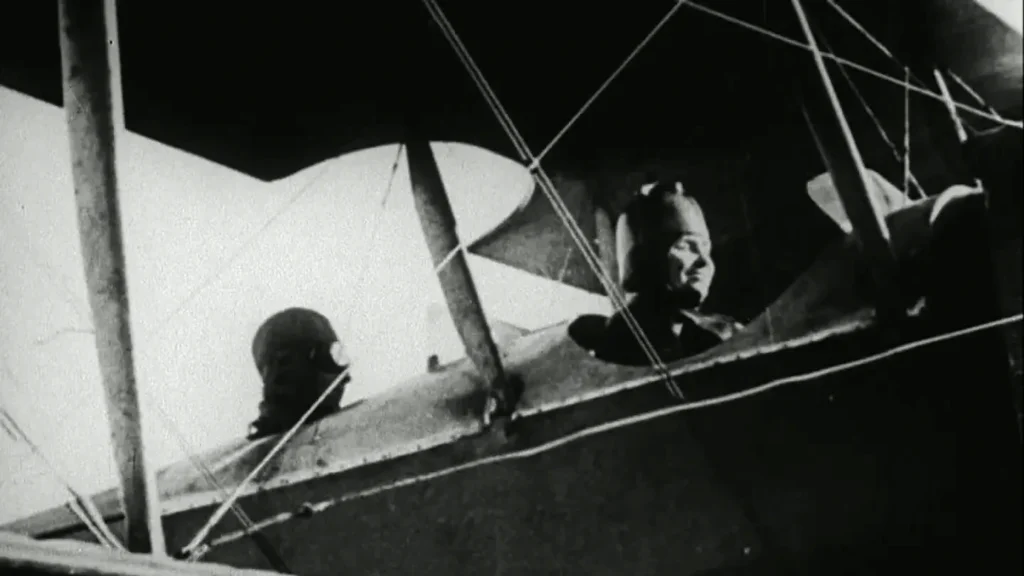 Photo: Library of Congress, Washington D.C. (Mavis identifier: 93858)
Photo: Library of Congress, Washington D.C. (Mavis identifier: 93858)How did Helen Keller fly a Plane?
In June 1946, an airplane flew from Rome to Paris, crossing the Mediterranean Sea. There was nothing extraordinary about this trip except for the fact that one of its passengers served as a pilot for 20 minutes. The passenger was Dr. Helen Keller!
Initial Flights
This wasn’t Keller’s first flight. Her first journey as a passenger occurred in 1919 on the set of Deliverance, a biographical film about her life in which she starred. According to the creators of Deliverance, they wanted “to show her doing all those things that [able-bodied] people do,” including “scenes in which she dresses herself, just to show the public that she can, and in which she sleeps, to prove to the curious that she closes her eyes.” And since the airplane, which was still a new invention at the time, was so popular, the creators decided to portray Keller flying as well.
Though Keller thought the scene’s inclusion in an ostensibly biographical film was absurd (and she frequently argued with the production team when she deemed their writing unrealistic), she was overjoyed to have the chance to fly.
In 1931, she flew from Newark, New Jersey, to Washington, D.C., a 200-mile (322-kilometer) trip that concluded in a visit with the President of the United States. The New York Times covered the journey, stating that Keller described the plane as “a great graceful bird sailing through the illimitable skies.”
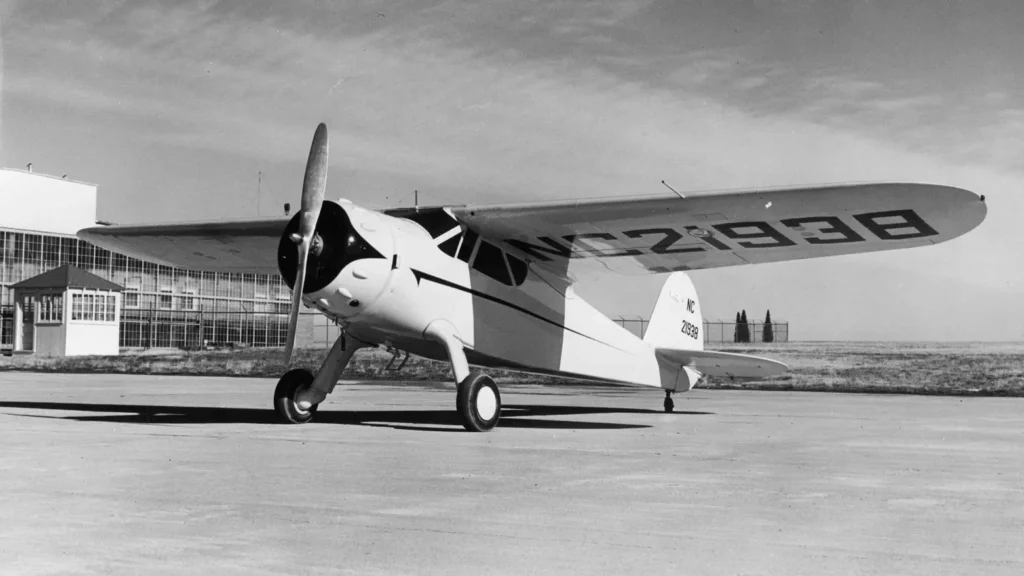 Photo: Cessna Airmaster
Photo: Cessna AirmasterThe flight Piloted by Keller
And that brings us back to 1946: the year Helen Keller piloted a plane herself!
Keller and her companion Polly Thomson, who translated Keller’s speech to others and communicated with Keller by pressing symbols into her hand, were visiting Europe on behalf of the American Foundation for the Overseas Blind. They boarded a quad-engined Douglas C-54 Skymaster from Rome to Paris as part of her then-itinerary of Europe before they would travel to India, Africa, and the Middle East.
When the plane was traversing the Mediterranean Ocean, Keller and Thomson asked the flight crew if they may try out the flight controls, and the crew graciously agreed.
Keller sat in the co-pilot’s seat, and the commanding pilot gave her control of the aircraft for around 20 minutes. During this time, he provided Keller instructions through Thomson, who communicated with her by signing the words in her hands.
But, according to Thomson, Keller didn’t need much teaching, which surprised even the flight crew, as the temporary new pilot flew extremely calmly and methodically.
Keller was noted as having a sensitive touch to the flight controls, despite the fact that she couldn’t see the buttons or hear the engines rumbling. While she was highly applauded for these 20 minutes, Keller was clearly having a blast, as she later recalled her event as:
“The delicate movement of the airplane feels better than ever before as a pilot, it was wonderful!”
Helen Keller
Newspaper article entitled “Wonderful Helen Keller Flies a ‘Plane.” June, 1946
 Photo: Logistics UK
Photo: Logistics UKFact or Fiction?
Although Keller’s 20 minutes of admired piloting have been well documented through newspaper clippings, older interviews by various news outlets at the time, and coverage in the archives by the American Foundation for the Blind, conspiracy theorists on social media – most notoriously on TikTok – have labeled this story a blatant lie. Some ideas even suggested that Keller was faking her disability in order to perform tasks as well as any able-bodied person.
Despite all of the social media conspiracies attempting to separate fact from fiction, it is undeniably true that deafblind activist Keller flew a quad-engined aircraft for a time under the careful and admiring instructions and observation of the flight crew and her trusty travel companion Thomson. To clear up any uncertainties, Keller has quoted as below. As if that weren’t the essence of a true pilot speaking back then.
“Flying made me feel more physically free than anything else I’ve experienced in my life.”
Helen Keller
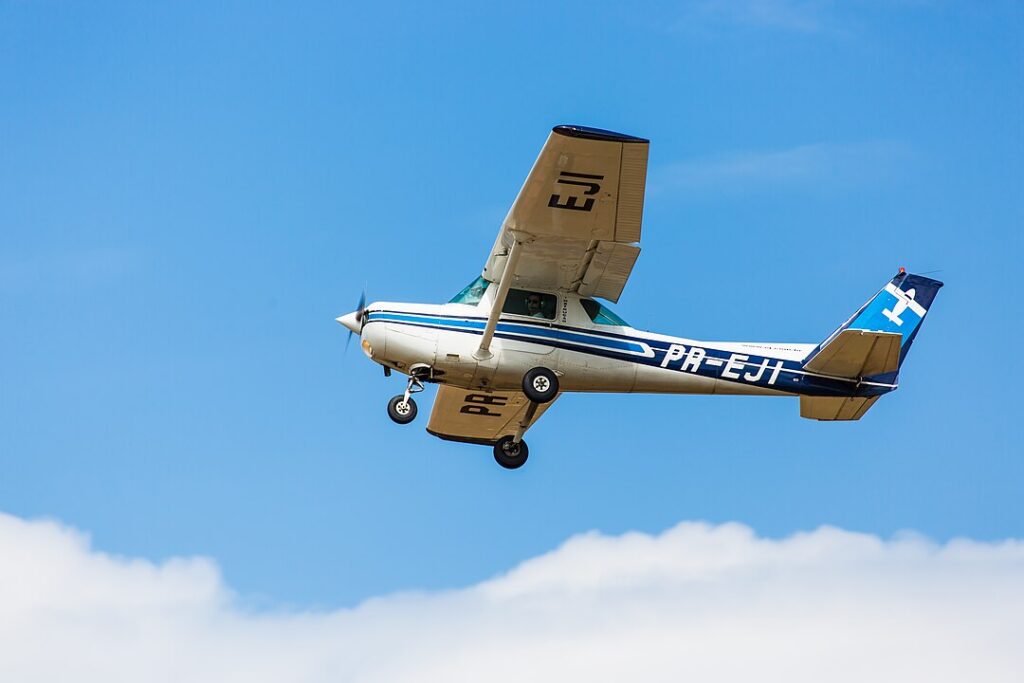 Photo: By Joao Carlos Medau from Campinas, Brazil – Cessna 152 PR-EJI, CC BY 2.0, https://commons.wikimedia.org/w/index.php?curid=31871377
Photo: By Joao Carlos Medau from Campinas, Brazil – Cessna 152 PR-EJI, CC BY 2.0, https://commons.wikimedia.org/w/index.php?curid=31871377Bottom Line
So, did Helen Keller really fly a plane? The answer is a resounding “Yes!”—but with a pinch of context. While she didn’t pilot the entire flight solo (FAA rules would’ve had a meltdown), Helen did take the controls mid-air under the guidance of a pilot and her companion, Thomson.
But could a blind and deaf person officially become a Pilot? Not quite. The FAA’s rigorous medical requirements for vision and hearing keep the skies safe, so Helen’s flight was more of a thrilling exception than a new rulebook. Still, let’s not downplay her feat—it’s not every day you see someone outmaneuvering both gravity and societal expectations.
Of course, like any great story, her flight sparked a few rumors. Did she really fly? Or was this just some feel-good PR? Helen didn’t need embellishments. This was the same woman who graduated college, wrote books, and became a global advocate for disability rights—all while the rest of us are struggling to remember where we left our car keys.
Helen Keller’s brief time at the controls wasn’t just a moment in aviation history—it was a mic drop on the idea of limitations. So, fiction or not, one thing’s for sure: Helen Keller knew how to take flight, both in the sky and in life!
Stay tuned with us. Further, follow us on social media for the latest updates.
Join us on Telegram Group for the Latest Aviation Updates. Subsequently, follow us on Google News
Discovery of Amelia Earhart’s Aircraft: A Breakthrough in Solving Greatest Mystery
The post Did Helen Keller Fly A Plane? | Reality Check appeared first on Aviation A2Z.

 9 miesięcy temu
9 miesięcy temu






